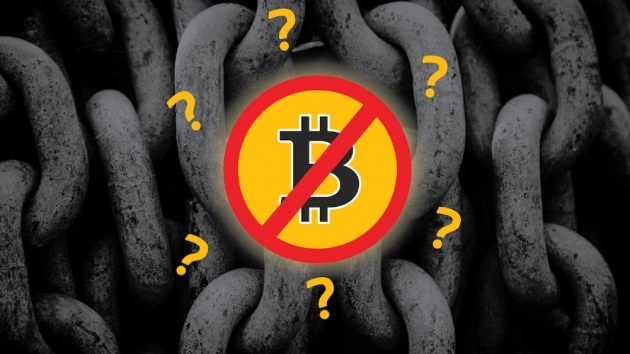
In an age of microblogging and relentless conferencing, zeitgeist is not written in novels but in phrases shorter than 140 characters.
One cannot leave a FinTech or digital currency conference without hearing some rendition of "I love the blockchain, just not bitcoin". However, as with most clichés, the phrase actually addresses the core of the issue: it begs for a defense of blockchains and the bitcoin blockchain as the best in-class.
Blockchains are data structures that have two distinct features:
- They have native tokens that form the basis of all recorded information and economic incentives for using the system. The tokens are native as they are governed by the protocol that governs the data structure and have no external dependencies like central banks or financial institutions.
- They contain a chain of cryptographic proofs that ensures the data has not been tampered with, lest the chain of proofs would not be able to be reconstructed. The chain of proofs has the neat property that it reveals the amount of work it took to construct the chain. This enables the network to converge on one chain as the true chain, the one with the most work done, and discard all but one.
The title of this article addresses a key challenge that has been the cause for much debate in the industry: do we need to have only one native token with a fixed supply in our data structure, or could we have none – or many?
To miss the value of these native tokens would be to also miss the value of the data structures that store them. I would like to push for blockchains with native tokens rather than just blockchains (innovative, probabilistically immutable databases) which have far lower utility, if any at all.
Security and integrity
Without going into the technical details of how blockchains are secured, it's important to understand the native token as the incentive mechanism for the security and integrity of the blockchain (for those that want a technical overview of the security model see the dynamic-membership multi-party signatures explained in the recent sidechains whitepaper).
At the base level, the blockchain technology is a data structure that contains within it a chain of proofs that must hold true. This structure allows us to verify that the history of transactions or information that is being presented has not been altered or tampered with, ensuring data integrity.
The reliability of the proofs is directly dependent on the economic incentives provided to the people or organizations that supply the proofs.
In bitcoin, a miner that earns the right to publish a block on the main chain is currently paid 25 BTC (roughly $9,500 at publication time). This provides adequate incentives to have highly specialized hardware running in data centers around the world.
If the reward halved, as it is set to do in 2016, the incentive to provide these proofs would halve and we could likely see a scenario where the proofs would then be far less reliable (partly due to the excess hardware that could be bought on the cheap). In other words, without a high token value on a blockchain, there is little security or integrity of the data contained within.
source:http://www.coindesk.com/love-blockchain-just-bitcoin/



